SUMMARY
This is AI generated summarization, which may have errors. For context, always refer to the full article.
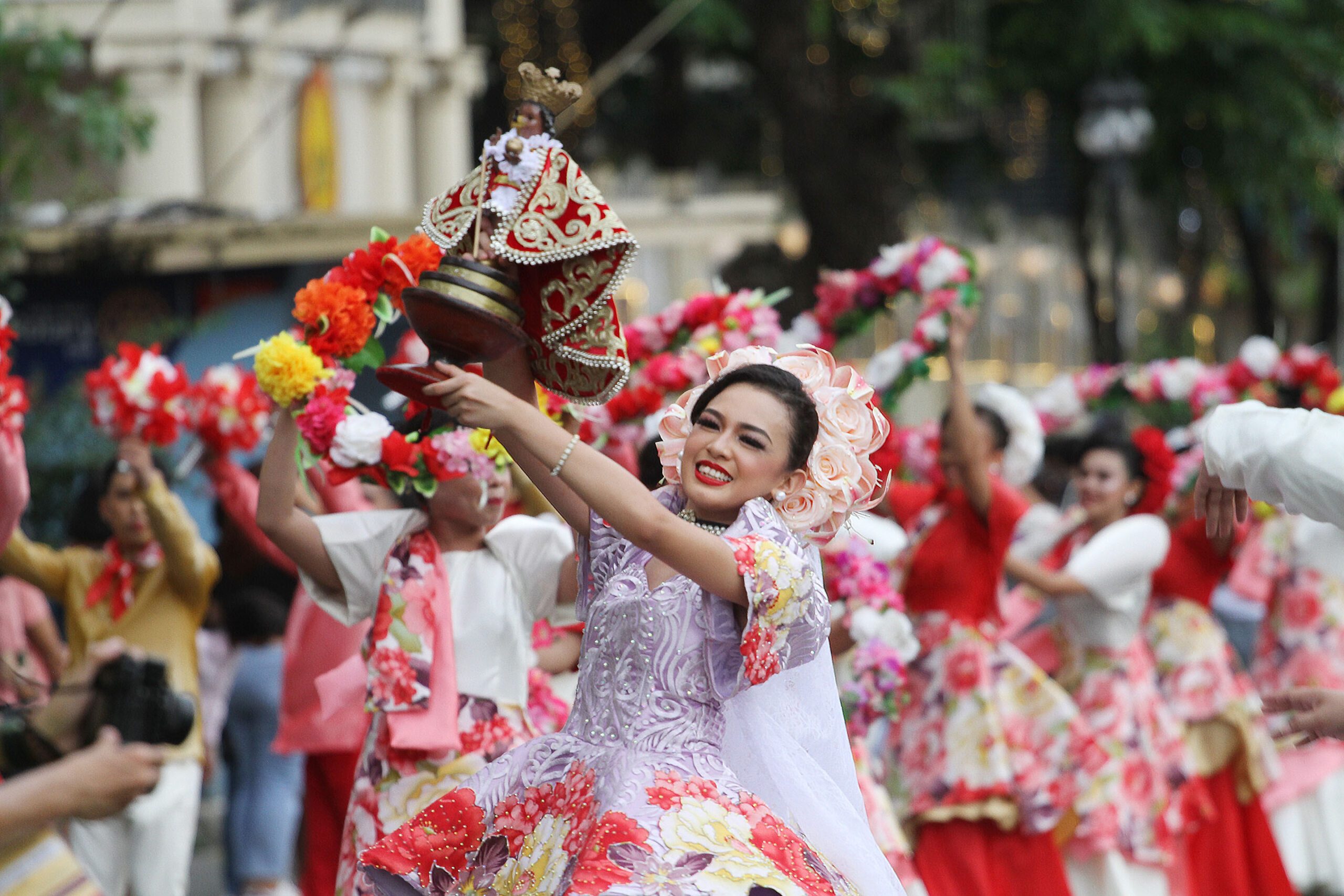
CEBU, Philippines – With the return of the Fiesta Señor and Sinulog festivities, devotees and tourists from around the world are expected to visit the island of Cebu by the thousands.
Both celebrations are considered a highlight of every year’s beginning and an opportunity for local historians and members of several religious organizations to shed light on Cebu’s culture and past.
For starters, there is a huge difference between the Fiesta Señor and the Sinulog Festival that many first-timers to the celebrations may not realize.
Both events take place in January and are dedicated to the Child Jesus or Santo Niño de Cebu. It’s their history that sets them apart.
Monsignor Joseph Tan, the spokesperson of the Archdiocese of Cebu, told Rappler in an exclusive interview on Wednesday, January 4, that the Fiesta Señor is connected to the arrival of Christianity in the Philippines.
“When Ferdinand Magellan landed in the Philippines, the first baptism took place in Cebu and we still have the Magellan’s Cross as a marker for that event, (and it) has been there for centuries,” Tan said.
The first baptism in the Philippines happened on April 14, 1521, with Cebu chieftain Rajah Humabon and his wife Hara Humamay being one of the first to be christened alongside 800 natives.
“One of the things that Magellan did after the baptism was to give the queen of Cebu the gift of the Senior Santo Niño together with the image of the Blessed Virgin Mary and another image of Jesus,” Tan added.
Through the years, the natives worshiped the image of the Child Jesus and formed practices, including but not limited to dancing rituals and religious ceremonies, that were later discovered by explorers and colonizers.

Catholic feast
In 1565, the formal evangelization of the Philippines through the Augustinian missionaries began which explains why we’re now celebrating the Fiesta Señor in its 458th year.
But why is Fiesta Señor celebrated every 5th of January?
Tan explained the event traditionally began on the third Sunday of the month, which on the church calendar is considered the first Sunday of the ordinary time.
Ordinary time is the end of the Christmas season and the beginning of another season with no commemorations observed liturgically.
Since the Fiesta Señor includes nine days of Novena Masses and a day of vespers before the culmination day on the 15th of January, it was decided that the first day be on January 5. The third Sunday is the highlight of the fiesta.
However, this may not always be the case. It depends on what day the third of Sunday of the month lands.
During the masses, devotees sing and wave their hands to the song “Gozos,” also known as “Bato-Balani sa Gugma (Magnet of Love)”, all the while raising their own replicas of the image of the Holy Child.
The culmination for the 458th Fiesta Señor, with the theme “Santo Nino: Our Source of Peace in the Walk of Faith,” is on January 15, coinciding with the Mardi Gras-like celebration of the Sinulog Festival.
“In Cebu, it has become a civic celebration like the official fiesta of the Cebu City and province where we have the corollary Sinulog festivities to coincide with the Fiesta Señor,” Tan said.
Secular festival
For the religious community, the Fiesta Señor is considered a liturgical celebration. The Sinulog Festival meanwhile is considered a cultural-secular celebration that includes multiple merrymaking activities, ranging from festival dances and pageants to filmmaking competitions and music festivals.
But what does history tell us about Sinulog?
“Sinulog” comes from the Cebuano word “Sulog,” which means movement like that of the river current. It is a nod to the dance steps used during rituals devoted to the Senior Santo Niño.
Based on historical accounts, the dance steps originated from Baladhay, Rajah Humabon’s adviser, who was found dancing and shouting right after being “cured of his sickness” by the image of the Santo Niño.

In a 10-year-old episode of the documentary series “KABILIN”, the late Sinulog Foundation Project Director Dolores Suzara said that before they could organize the festival, they needed to understand the significance of the dances that even candle vendors do in front of the churches every Fiesta Señor.
These dances done by these candle vendors are considered “petitions” or offerings made to the Holy Child for devotees who are seeking blessings and good fortune.
“We asked them to demonstrate and after seeing all these demonstrations, we created our own. So the first Sinulog we had was around the church in Basilica Del Sto. Niño and after that we were asked to bring it to the streets,” Suzara said.
In 1980, the first Sinulog parade was conducted with then Regional Director of the Ministry of Sports, and Youth Development David Odilao taking charge of the event.
Over time, these parades garnered a massive audience from the international community with tourists now joining the events and chanting “Viva Pit Senyor” or “Pit Señor” with the Cebuanos. “Pit Señor” is short for the Cebuano “sangpit sa Señor,” which means to call on the child Jesus to grant a petition or prayer.
Majority of the Sinulog events are usually normally celebrated in the streets of Cebu. For the 2023 edition, these are being held at the South Road Properties in Cebu City.
“We need your prayers to make Sinulog festive, religious, cultural, orderly, peaceful, and memorable in the name of Señor Santo Niño,” Cebu City Mayor Mike Rama said during the Sinulog 2023 launching parade on January 5.
If you’d like to watch the Novena Masses for the 458th Fiesta Señor in Cebu, you can click here. For details about event schedules, you can visit this page here. – Rappler.com
Add a comment
How does this make you feel?
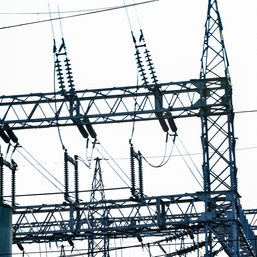
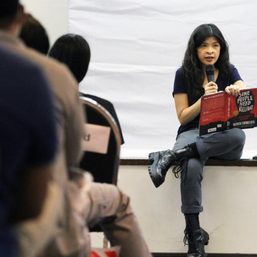

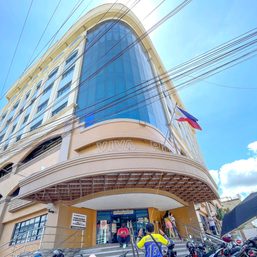

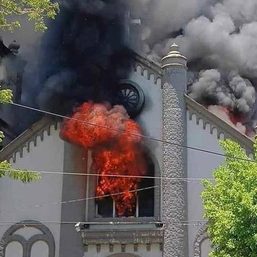
![[Judgment Call] Is Rappler an ‘enabler’ of Catholic ‘copycats’?](https://www.rappler.com/tachyon/2024/04/catholics-copycats-april-18-2024.jpg?resize=257%2C257&crop=418px%2C0px%2C1080px%2C1080px)
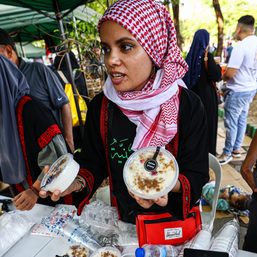
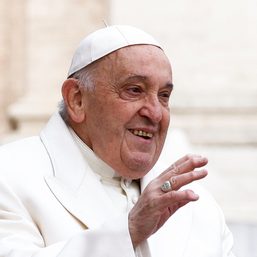
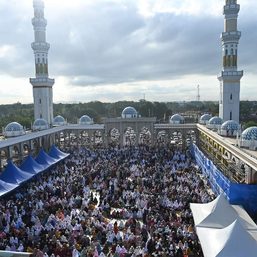
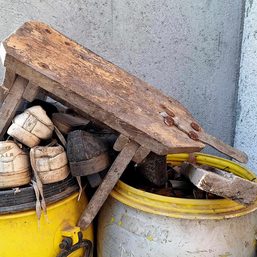

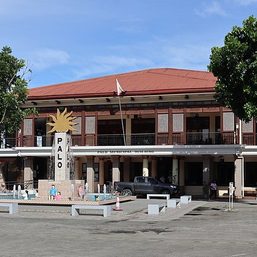
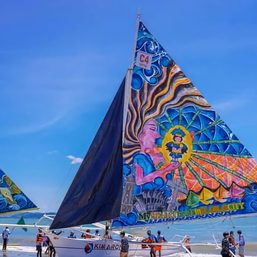
![[The Slingshot] No, no, no, National Museum! The Boljoon artifacts do not belong to you!](https://www.rappler.com/tachyon/2024/02/tl-boljoon-artifacts-nat-museum-02242024.jpg?resize=257%2C257&crop=270px%2C0px%2C720px%2C720px)

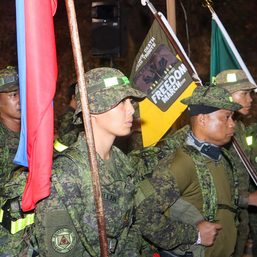
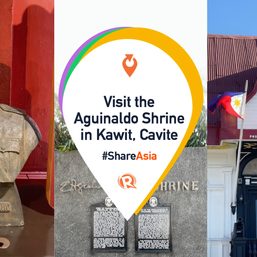
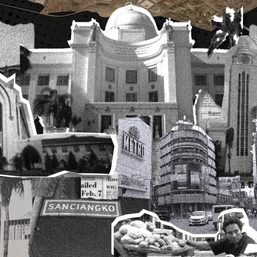


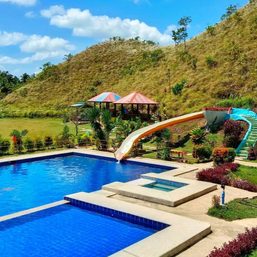
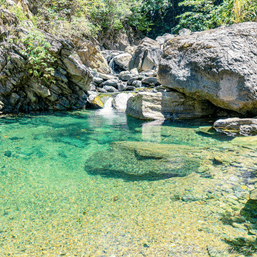
There are no comments yet. Add your comment to start the conversation.